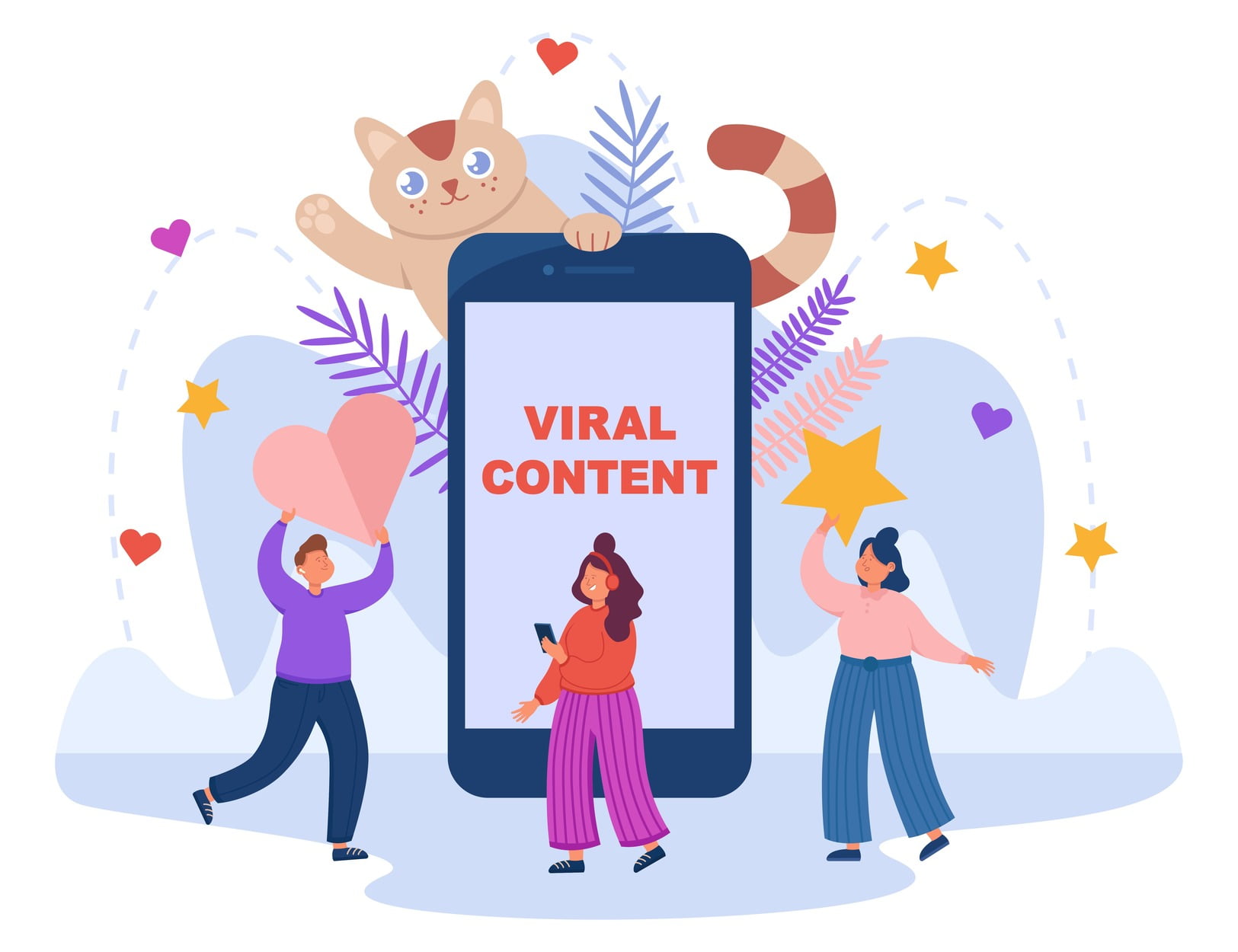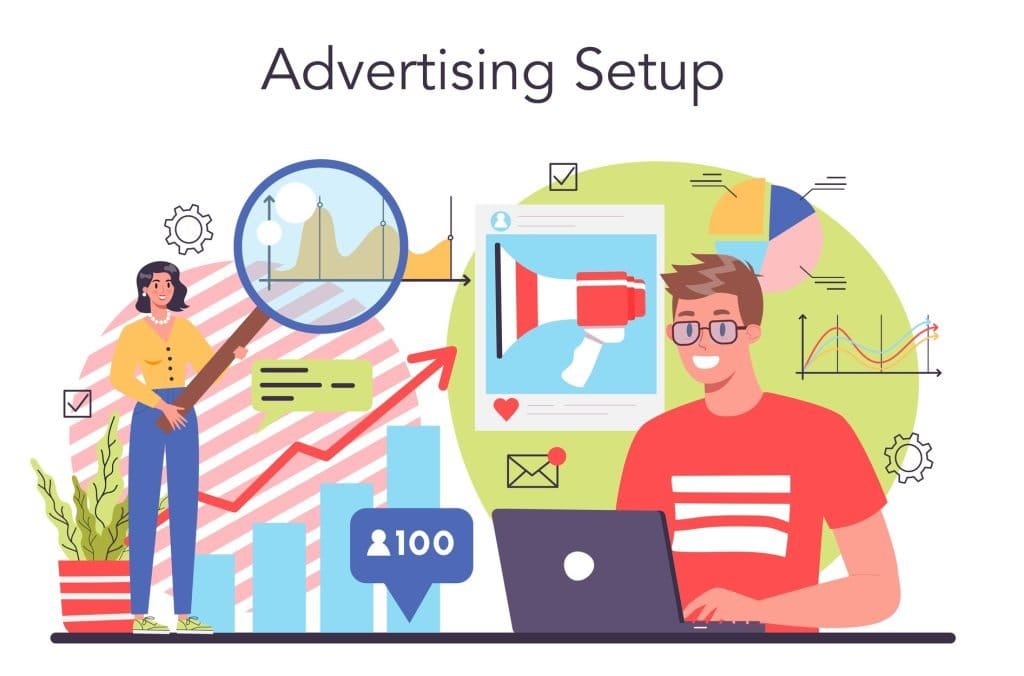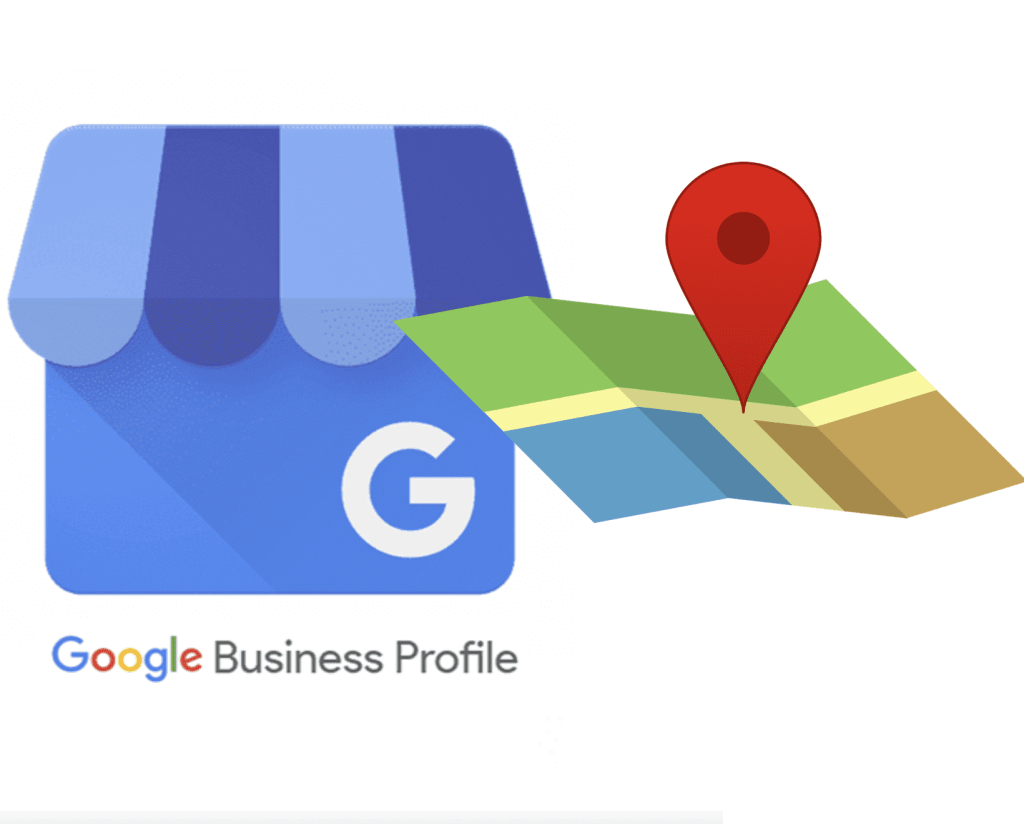In the fast-paced world of digital marketing, viral content is the holy grail. Who wouldn’t want to create something that captures the internet’s imagination and spreads like wildfire? But the real question is, what makes content go viral? It’s not just luck—there’s a deep psychology behind it that taps into human emotions, behaviors, and the way we connect with each other online. In this blog post, we’ll dive into the psychology behind viral content, exploring what makes people share, engage, and talk about certain posts while others fade into obscurity.

Understanding the Basics: What is Viral Content?
Viral content is any piece of media—be it a viral video, image, article, or meme—that gains massive popularity in a short amount of time through online sharing. But it’s not just about getting clicks or views; it’s about resonating with people so deeply that they feel compelled to share it with others.
To understand why some content goes viral, we need to explore the psychological triggers that make people share content in the first place.
The Emotional Trigger: Why We Share
One of the strongest forces behind viral content is emotion. Studies have shown that content that evokes strong emotions—whether it’s joy, anger, surprise, or even sadness—is more likely to be shared. This emotional response creates a connection between the content and the audience, making it memorable and shareable.
1. Joy and Laughter
Think about the last time you shared a funny meme or a heartwarming video. Content that brings joy and laughter is often shared because it creates a positive emotional experience. People love to share things that make them feel good and that they believe will make others feel good too.
For example, humorous content, like a witty tweet or a funny video, often goes viral because it’s relatable and entertaining. When people laugh, they want to share that joy with others, making humor a powerful tool for creating viral content.
2. Surprise and Curiosity
Content that surprises us or piques our curiosity also tends to go viral. Why? Because surprise disrupts our expectations, making us pay closer attention. When something catches us off guard or teaches us something new, we feel a strong urge to share it with others.
Take, for example, viral videos that showcase amazing talents or unexpected plot twists. These types of content generate curiosity and a sense of wonder, which makes people want to spread the word.
3. Anger and Controversy
While positive emotions like joy and surprise can drive content to go viral, negative emotions like anger can be just as powerful. Content that sparks outrage or controversy often spreads quickly because it taps into strong, immediate emotional reactions.
However, it’s important to approach this strategy with caution. Content that relies on anger can backfire if it’s perceived as manipulative or offensive. The key is to strike a balance—using controversial topics to spark conversation without alienating your audience.
The Social Trigger: The Need to Connect

Humans are social creatures. We have an innate desire to connect with others, and sharing content online is one way we do that. The psychology behind viral content also involves our need to form and maintain social bonds.
4. Identity and Self-Expression
People often share content that reflects their identity or values. When we come across something that aligns with our beliefs or makes us feel understood, we’re more likely to share it as a way to express ourselves.
For instance, social media campaigns that align with a particular social cause or movement often go viral because they resonate with people’s values. By sharing this content, individuals feel they are contributing to a larger conversation and reinforcing their own identity.
5. Social Validation
Sharing content can also be a way of seeking validation from our social circles. When we share something that gets lots of likes, comments, or shares, it boosts our social standing and makes us feel more connected to others.
This is why people are drawn to share content that is already popular. The psychology of social proof suggests that if others find something valuable, we are more likely to view it as valuable too, and share it with our own networks.
6. The Fear of Missing Out (FOMO)
The fear of missing out is a powerful psychological driver in today’s digital age. When we see that others are talking about a trending topic or viral piece of content, we don’t want to be left out. This fear pushes us to engage with and share the content, even if we’re not deeply interested in it.
Marketers can tap into FOMO by creating content around trending topics or current events, making their content feel timely and relevant. This urgency can significantly increase the likelihood of the content going viral.
The Cognitive Trigger: The Power of Simplicity

In a world full of information, our brains crave simplicity. Viral content often resonates because it’s easy to understand and share. If your content is too complex or confusing, people are less likely to engage with it.
7. Easily Digestible Content
Content that is simple, clear, and easy to digest is more likely to go viral. Infographics, listicles, and short videos often perform well because they present information in a straightforward and visually appealing way.
For example, think about the popularity of “listicles” (articles in list form). They’re easy to read, quick to share, and provide value without requiring a significant time investment. This simplicity makes them prime candidates for viral sharing.
8. Visual Appeal
Visual content is processed by the brain faster than text, making it more engaging and memorable. Images, videos, and infographics are particularly effective at grabbing attention and conveying a message quickly.
Content that is visually striking or unique is more likely to be shared, especially on platforms like Instagram and Pinterest, where visuals are key. The more visually appealing your content is, the more likely it is to resonate with a wide audience.
9. Relevance and Timing
The timing of your content plays a crucial role in its virality. Content that taps into current events, trends, or cultural moments is more likely to be shared because it feels relevant and timely.
For instance, a well-timed tweet about a trending topic can quickly go viral if it resonates with what people are already talking about. This relevance makes your content feel more connected to the current conversation, increasing its shareability.
Crafting Your Own Viral Content
Now that we’ve explored the psychology behind viral content, how can you apply these principles to your own content creation efforts? Here are a few strategies to keep in mind:
10. Know Your Audience
Understanding your audience is the foundation of any successful content strategy. What are their interests, values, and pain points? The more you know about your audience, the better you can create content that resonates with them on an emotional level.
Use tools like social media analytics, surveys, and customer feedback to gain insights into what your audience cares about. This knowledge will help you craft content that speaks directly to their needs and desires.
11. Evoke Emotion
As we’ve discussed, emotion is a key driver of viral content. Whether it’s joy, surprise, anger, or nostalgia, tapping into strong emotions can make your content more compelling and shareable.
Consider how your content can evoke an emotional response in your audience. Whether it’s through storytelling, humor, or thought-provoking messages, aim to create content that connects with your audience on a deeper level.
12. Keep It Simple and Visual
Remember, simplicity and visual appeal are crucial for creating viral content. Aim to create content that is easy to understand, visually engaging, and quickly digestible.
Use high-quality images, videos, and graphics to enhance your content and make it more shareable. Tools like Canva or Adobe Spark can help you create visually appealing content, even if you don’t have a background in design.
13. Tap Into Trends and Timeliness
Keep an eye on current events, trending topics, and cultural moments that are relevant to your audience. By creating content that taps into these trends, you can increase the likelihood of your content being shared.
However, it’s important to be authentic and avoid jumping on trends just for the sake of it. Make sure the trend aligns with your brand’s message and values, and that your content adds value to the conversation.
How Digital Sprig Can Help You Go Viral
At Digital Sprig, we understand the psychology behind viral content, and we’re here to help you craft content that resonates with your audience. Our team of experts combines creativity with data-driven insights to create content that’s not just engaging, but also shareable.
Whether you’re looking to boost your brand’s visibility, increase engagement, or create a viral campaign, we’ve got you covered. We’ll work with you to understand your audience, evoke the right emotions, and craft visually appealing content that stands out in the crowded digital landscape.
Conclusion
Creating viral content isn’t just about luck—it’s about understanding the psychology that drives people to share. By tapping into emotions, simplifying your message, and staying relevant, you can increase the chances of your content going viral. And remember, the ultimate goal isn’t just to go viral—it’s to create content that truly resonates with your audience and drives meaningful engagement.
Ready to take your content to the next level? Let Digital Sprig help you craft a winning content strategy that connects with your audience and spreads like wildfire. Contact us today to get started!







